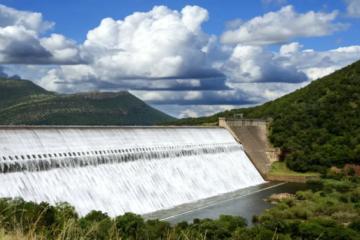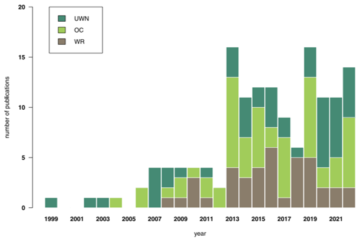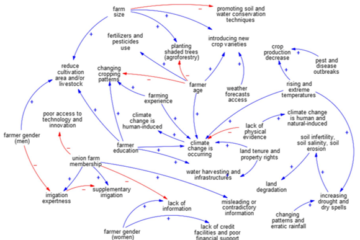Balancing Sediment Connectivity and Energy Production via Optimized Reservoir Sediment Management Strategies
The eiLab led a study in collaboration with colleagues from the University of Padova and Stanford University, to develop a sediment routing model (D-CASCADE) able to assess the impacts of reservoirs and their management strategies on river sediment connectivity.
Trade-offs between hydropower generation and sediment connectivity across cascades of multiple reservoirs have been analysed in this paper. Results show that repeated flushing operations during the early wet season could significantly increase sediment delivery with minimal (max 6%) hydropower losses. While poor trade-offs between sediment and hydropower have been locked-in in the Mekong, our results highlight the potential of including sediment connectivity models in multi-objective decision-making frameworks to devise integrated water and sediment management strategies that mitigate connectivity disruptions while minimizing losses in other sectors
In the study published in Water Resources Research, the model was applied to a well-documented 3S river system, a tributary of the Mekong River, a hotspot of potential dams in the Lower Mekong, to analyse three dam development portfolios.
Read more here: Tangi M., Bizzi L., Schmitt R., Castelletti A. (2023). Balancing sediment connectivity and energy production via optimized reservoir sediment management strategies, Water Resources Research, 59(6), e2022WR034033. https://doi.org/10.1029/2022WR034033
A simplified version of the D-CASCADE model is available at the GitHub repository: github.com/mtangi/DCASCADEmodel


